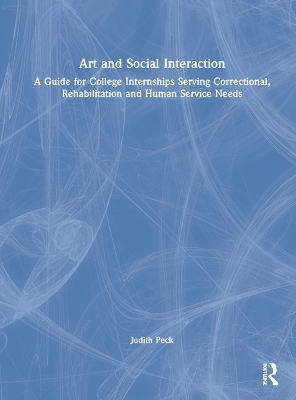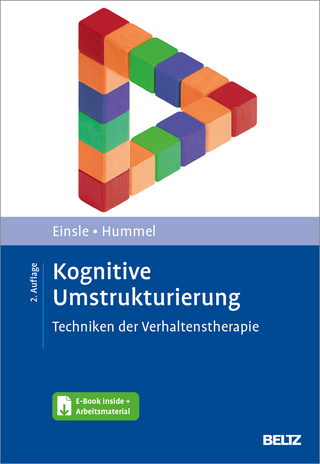
Art and Social Interaction
Routledge (Verlag)
978-1-032-18412-8 (ISBN)
This manual contains the information needed for human service institutions, liberal arts colleges, and community volunteers to present a program of creative visual arts in jails, psychiatric facilities, drug rehabilitation centres, nursing homes, shelters and facilities for youth in need.
By engaging in one-on-one artistic interaction with the individuals served, students not only perform community service but gain unique personal understanding of the major domestic issues of our time—crime, mental illness, substance abuse, domestic abuse and aging. The covered activities are designed to stimulate memory, acknowledge experience and achievement, and improve self-esteem. Delivering everything needed to set up the course in any liberal arts college, the book offers approaches for diverse populations and covers planning and execution, aesthetic and humanistic objectives, projected outcomes, and methods of evaluation. Techniques are presented for drawing, painting, collage, sculpture and crafts.
By adopting this manual, colleges with programs in art and social work, can provide students with education relevant to their lives and potential careers while providing a unique service to social service institutions.
Judith Peck, EdD, is a sculptor with work in 80 public and private collections. Now professor emeritus of art, Dr. Peck designed Art and Social Interaction 40 years ago (the program evolved and ongoing) convinced that the freedom inherent in personally directed art allowed a way out of confinement into refreshing self-awareness for participants bound either physically or mentally, and relevant life education for presenters. Judith holds a doctoral degree and two master’s degrees in art and art education and is author of several books in the field.
Part One: Art and Social Interaction: Concept and Design 1. Background and Overview 2. The Magic Mix: Art and Social Interaction 3. The Program as a Learning Experience for Presenters Part Two: Participating Groups: An Overview 4. Group and Site Distinguishing Characteristics 5. Site Characteristics Relevant to the Program 6. Barriers in Instituting the Series Part Three: Preparing the Program as An Academic Fieldwork Course 7. The Structure of College and Community Interaction 8. Pre-Registration Course Planning 9. Curriculum Content Part Four: Community Field Sites for The Art and Social Interaction Program 10. Determining Community Field Sites 11. Site Responsibilities, Personnel and Support 12. Orientations 13. Logistics of the Art and Social Interaction Sessions Part Five: The Creative Art Projects 14. Presenting Creative Art Projects 15. Art Project Descriptions and Processes Part Six: Enhancing, Expanding and Evaluating the Program 16. Enhancing Presenter’s Interaction with Participants and Staff 17. Expanding the Artistic and Social Experience 18. Evaluating Program Effectiveness
| Erscheinungsdatum | 19.04.2022 |
|---|---|
| Zusatzinfo | 21 Tables, black and white; 74 Halftones, black and white; 74 Illustrations, black and white |
| Verlagsort | London |
| Sprache | englisch |
| Maße | 210 x 280 mm |
| Gewicht | 598 g |
| Themenwelt | Geisteswissenschaften ► Psychologie ► Allgemeine Psychologie |
| Medizin / Pharmazie ► Physiotherapie / Ergotherapie ► Ergotherapie | |
| Sozialwissenschaften ► Pädagogik ► Sozialpädagogik | |
| Sozialwissenschaften ► Soziologie | |
| ISBN-10 | 1-032-18412-4 / 1032184124 |
| ISBN-13 | 978-1-032-18412-8 / 9781032184128 |
| Zustand | Neuware |
| Informationen gemäß Produktsicherheitsverordnung (GPSR) | |
| Haben Sie eine Frage zum Produkt? |
aus dem Bereich


